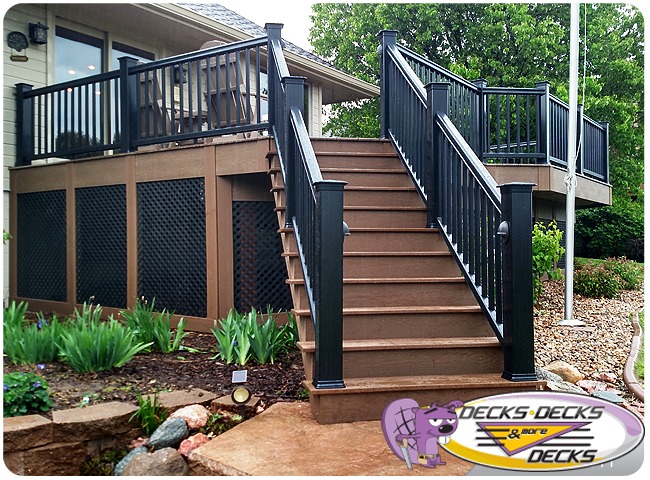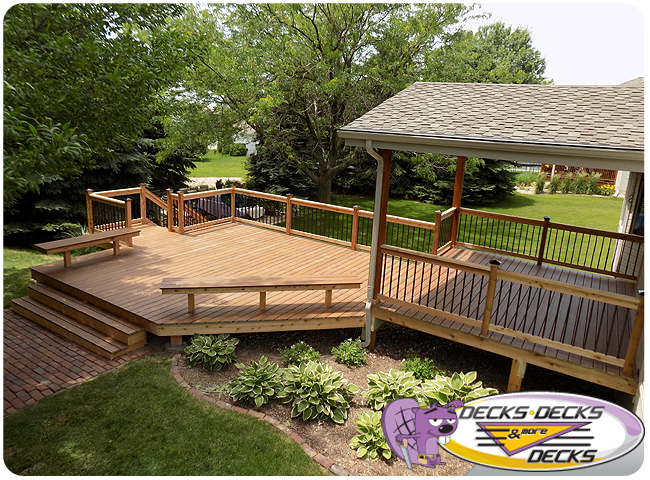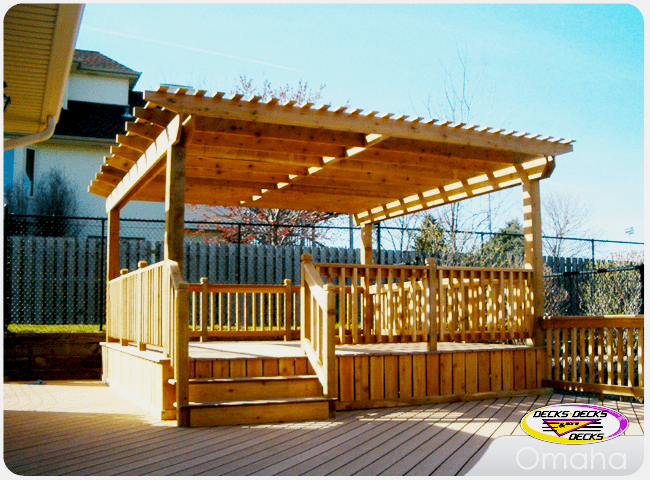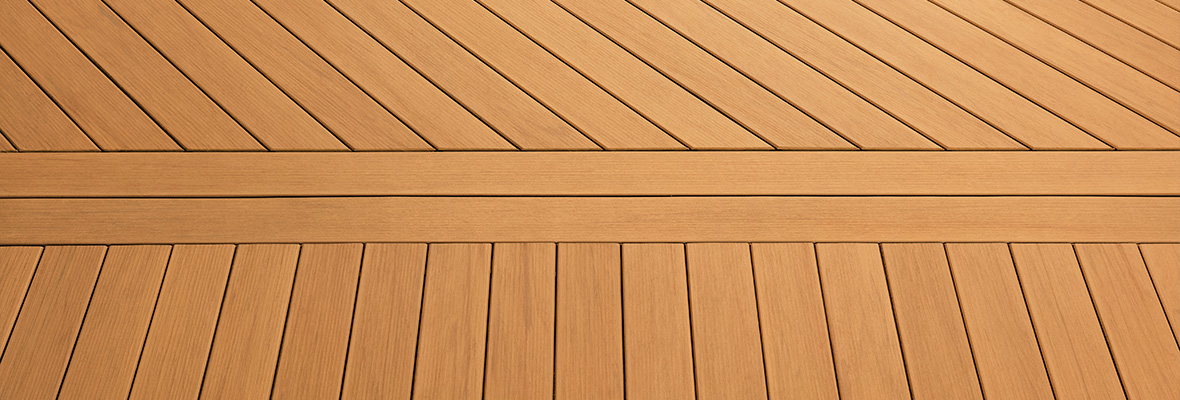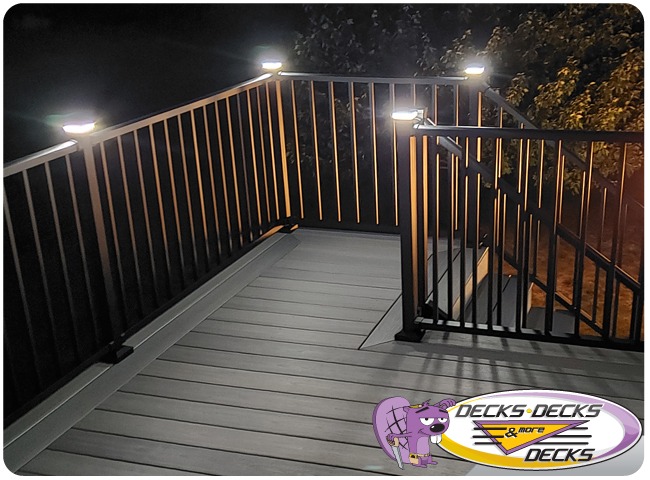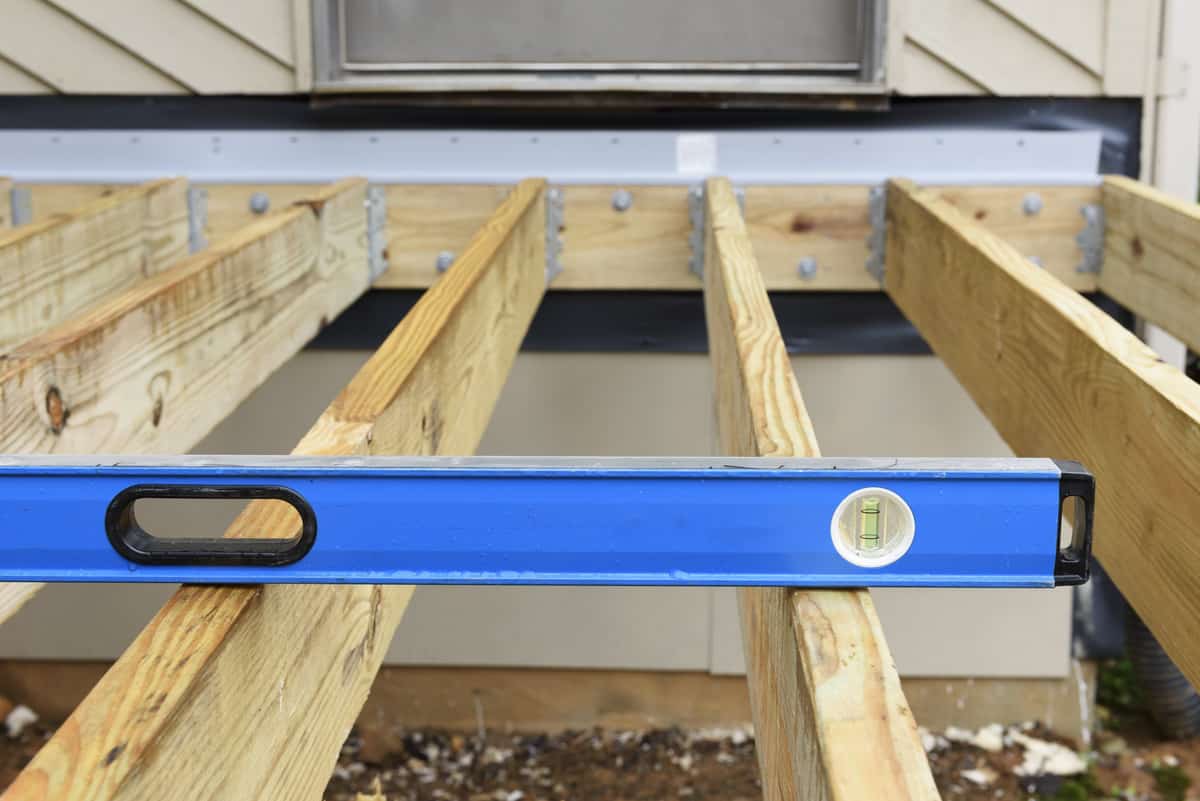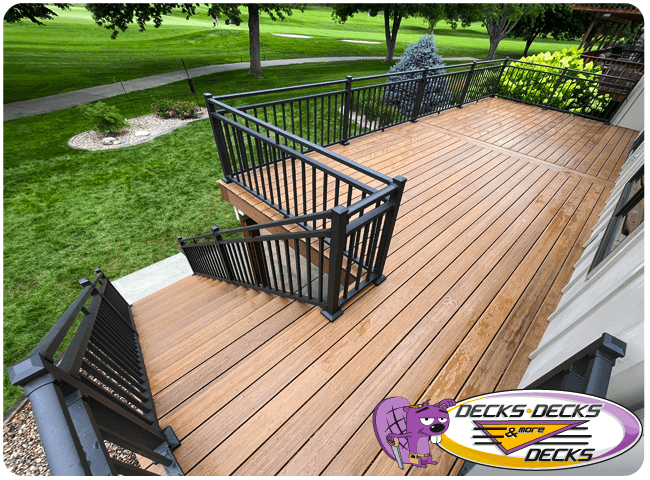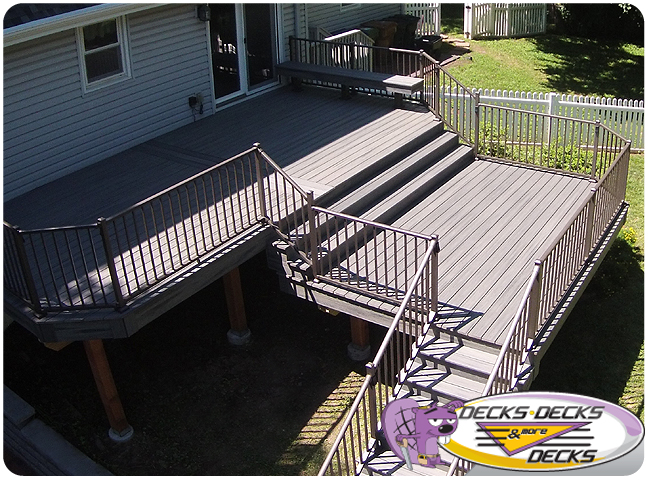Ensuring Safety in Deck Construction: A Comprehensive Guide
Understanding Deck Safety
When it comes to deck construction, safety should be a top priority. From ensuring compliance with safety standards to implementing effective safety features, a focus on safety helps protect everyone who uses the deck. This guide covers essential aspects of deck safety, including compliance, accessibility, and specific safety measures.
Safety & Compliance in Deck Building
Safety and compliance are fundamental aspects of any deck construction project. Adhering to safety requirements and local building codes ensures that your deck is not only safe but also legally compliant. This includes following regulations related to load-bearing capacities, materials used, and structural integrity.
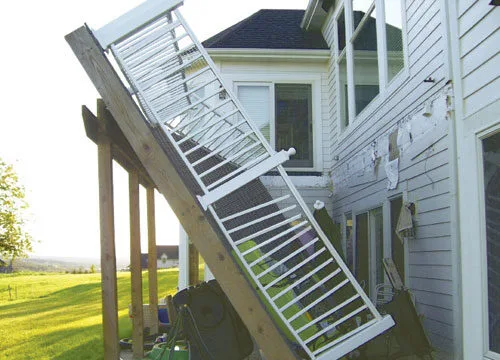
Enhancing Safety Features
Incorporating various safety features into your deck design can prevent accidents and enhance usability. This includes features such as slip-resistant surfaces, sturdy railings, and secure stairs. Ensuring that these elements meet safety standards contributes to a safer outdoor environment.
The Role of Safety Lighting
Safety lighting plays a crucial role in deck safety, particularly for decks used during the evening. Properly installed lighting helps illuminate pathways, stairs, and other key areas, reducing the risk of trips and falls. Consider options like deck step lights, rail lights, and perimeter lighting to enhance visibility.
Safety Measures for Composite Decking
When choosing composite decking, safety should be a consideration. Composite materials are designed to be slip-resistant and durable, but it’s important to ensure they meet safety standards for your specific needs. Regular maintenance and inspections can also help maintain safety over time.
Meeting Safety Requirements
Meeting safety requirements involves more than just adhering to building codes; it also includes ensuring that the deck is accessible to all users. This means designing with accessibility in mind, including features like ramps or wide stairways for ease of use.
Adhering to Safety Standards
Adhering to safety standards ensures that your deck is built to provide a secure and reliable outdoor space. This involves using high-quality materials, following construction best practices, and conducting regular inspections to identify and address potential safety issues.
Conclusion
Prioritizing safety in deck construction involves understanding and implementing safety and compliance measures, incorporating safety features, and maintaining high standards throughout the deck’s lifespan. By focusing on these aspects, you can create a safe, accessible, and enjoyable outdoor space for everyone.
Check Out This Blog!


